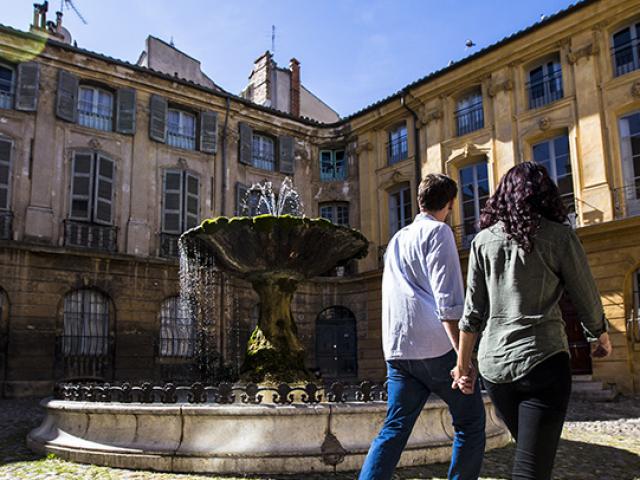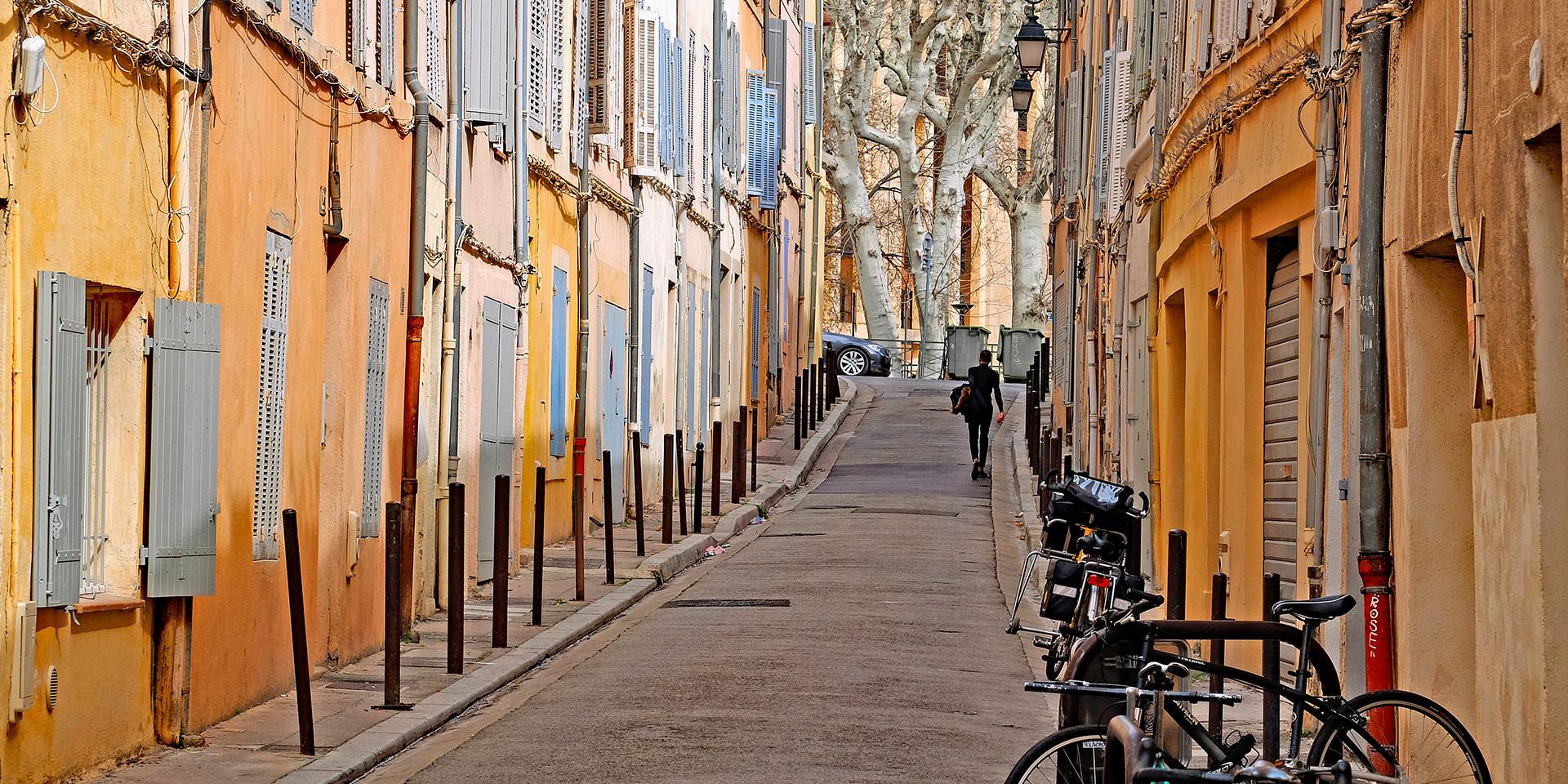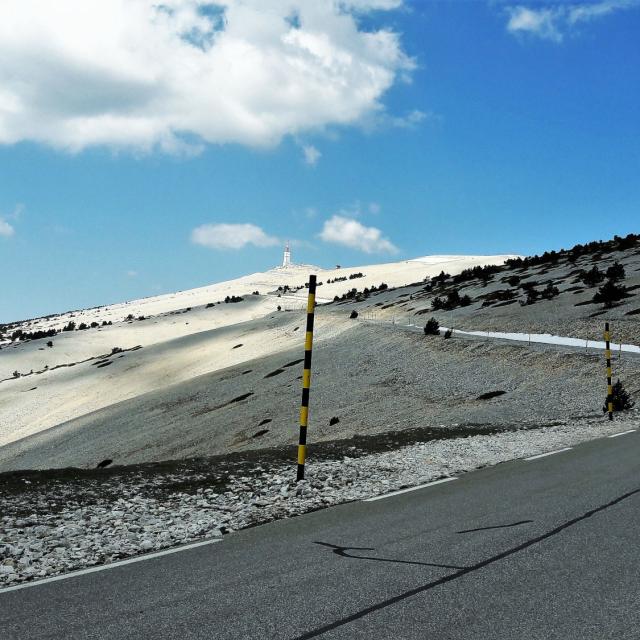Aix-en-Provence
So Much to Show You
Historical capital of Provence, Aix-en-Provence, nicknamed “Little Versailles” for its architectural wealth, has preserved all its magnificence. As you walk through the small streets, you will follow in the footsteps of the Romans, the good King René and Mirabeau. A profusion of fashion, interior design, luxury and gourmet boutiques have made Aix-en-Provence an essential shopping destination. The big names of fashion have moved into the Old Town while the big retailers are in the “Allées Provençales” district. On the cultural scene, get ready for some incredible discoveries. You must stop at the Musée Granet – classified among the most beautiful of France! – at the Hotel de Caumont, or at the Fondation Vasarely. Then head to the heights of Aix to visit Cézanne’s studio.



















